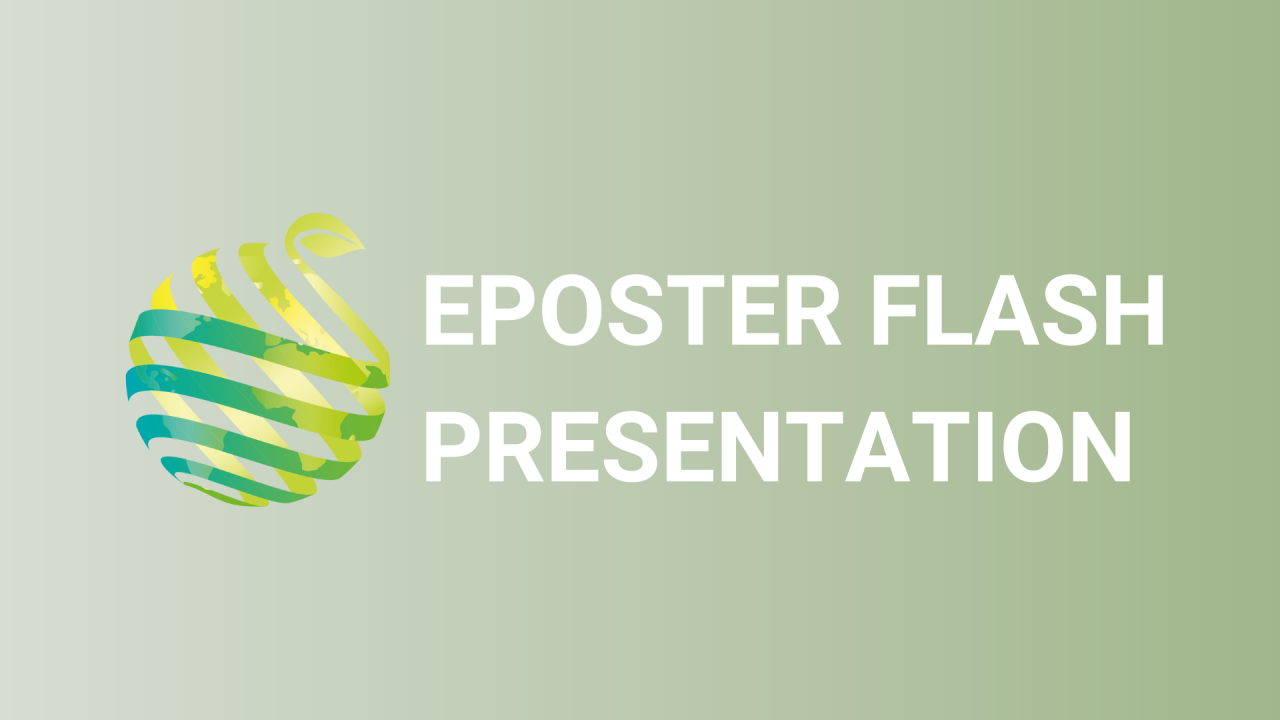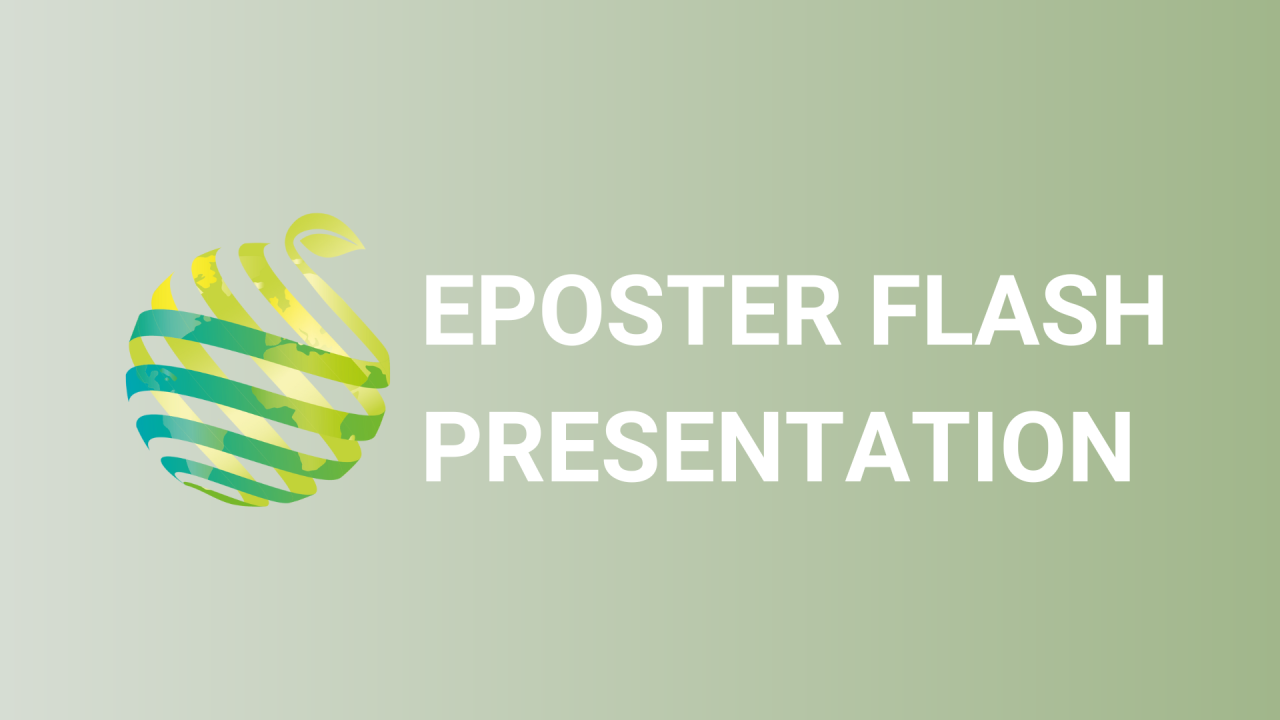

S21 - Session P1 - Nutrient budgeting and quantifying recyclable nutrients in banana residues for organic banana production
Information
Authors: Jeyabaskaran Kandallu Jayaraman *, Pitchaimuthu R, Uma S
In banana cultivation, about 30 to 40% of dry matter (DM) is removed from the field as banana fruit bunch harvest and remaining 60 to 70% DM is left as nutrient rich plant debris in the field. There is vast scope of utilising this debris as organic manure after proper composting for organic banana farming. A field experiment was conducted at the research farm (10 o 47'22"N and 78 o 34'20"E n silty clay loam soil - Typic Ustropept, mixed, hyperthermic ) of ICAR-National Research Centre for Banana, India to study the nutrient uptake pattern, for partitioning of nutrients and nutrient budgeting in banana cv. Ney Poovan (AB) at critical growth stages like 10-leaf stage, 20-leaf stage, shooting stage and harvesting stage. The sample was partitioned into root, corm, pseudostem, leaf lamina, petiole, peduncle, bunch and male bud, processed and analysed for macro and micronutrients at different critical growth stages. From the 10-leaf stage to harvesting, the dry matter (DM) accumulation decreased from 42 to 16 % in the corm and roots and increased from 58 to 84 % in aboveground plant parts. The nutrient accumulation pattern, with respect to dry matter production was assessed. To produce 37.5 t banana ha -1 , about 444kg N, 69kg P, 933kg K, 2.4kg Cu, 7.3kg Mn, 3.4kg Fe and 5.9kg Zn were taken up by the cv. Ney Poovan. In this study, the nutrient budgeting revealed that about 112kg N, 24kg P, 485kg K, 0.5kg Cu, 0.7kg Mn, 1.6kg Zn and 1.4kg Fe had been removed through harvest and field-export of bunches along with peduncles and about 332kg N, 45kg P, 447kg K, 1.9kg Cu, 6.6kg Mn, 1.8kg Zn and 4.5kg Fe had been immobilised in the residual tissues, which could potentially be mobilised and utilised for next crop through in situ recycling. After bunch harvesting, the plant debris were vermicomposted and the average nutrient concentrations in this vermicompost were 1.05% N, 0.20% P, 2.54% K, 84.66ppm Cu, 229.37ppm Mn, 77.31ppm Zn and 51.57ppm Fe. The nutrient contents (g) in vermicompost obtained from residues of a single plant of Ney Poovan after harvest of bunch were 113.24kg N, 21.74kg P, 273.99kg K, 0.92kg Cu, 2.46kg Mn, 0.82kg Zn and 1.65kg Fe. The nutrient balance sheet for the cv. Ney Poovan after harvesting clearly indicated that recycling of left out nutrients in this plant debris can supply 68% N, 65%P and 48%K requirements of banana in the next season and balance could be supplemented though external organic manure in organic farming. This study also gave alarming indication of K-mining under banana cultivation, in India.